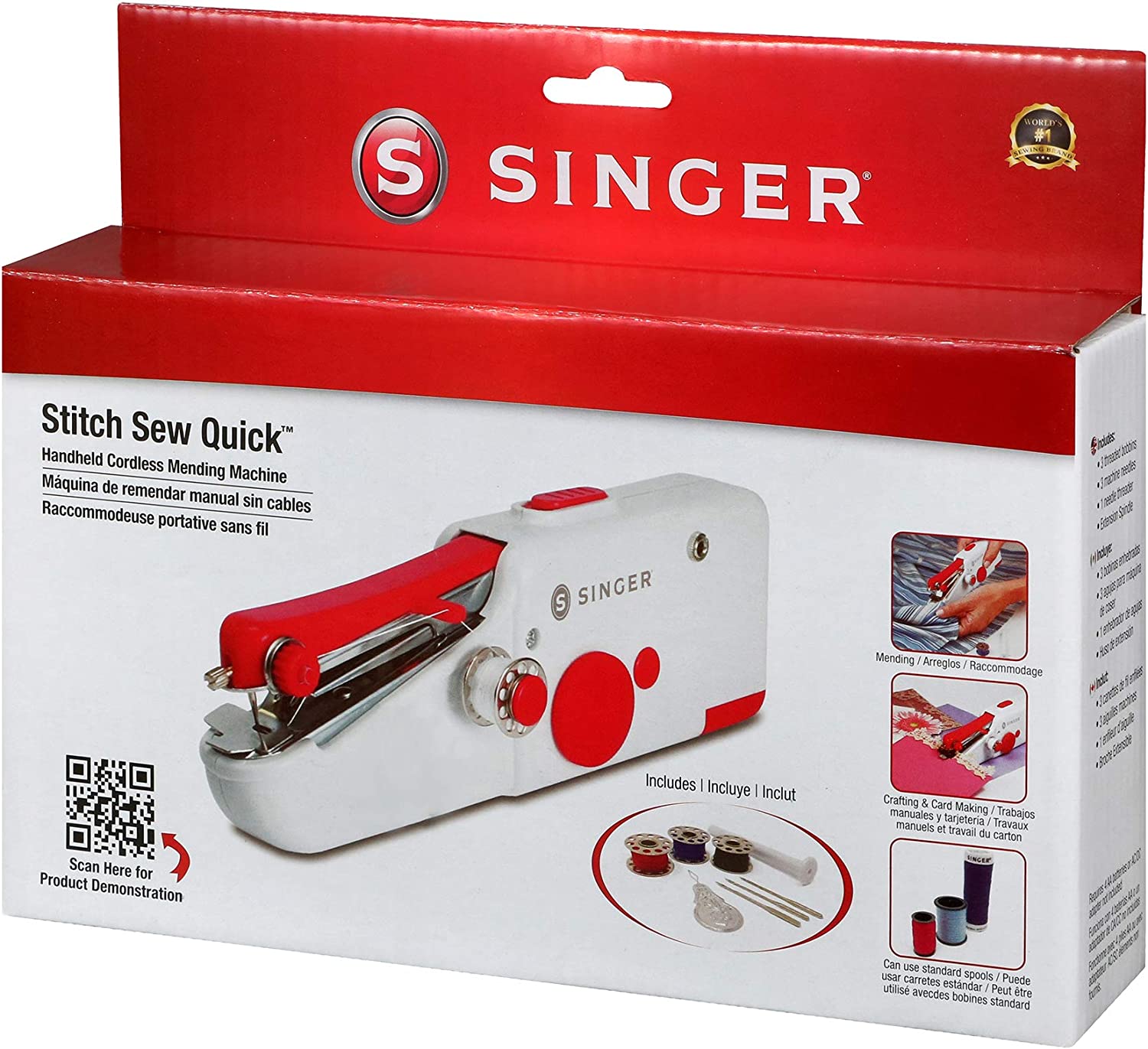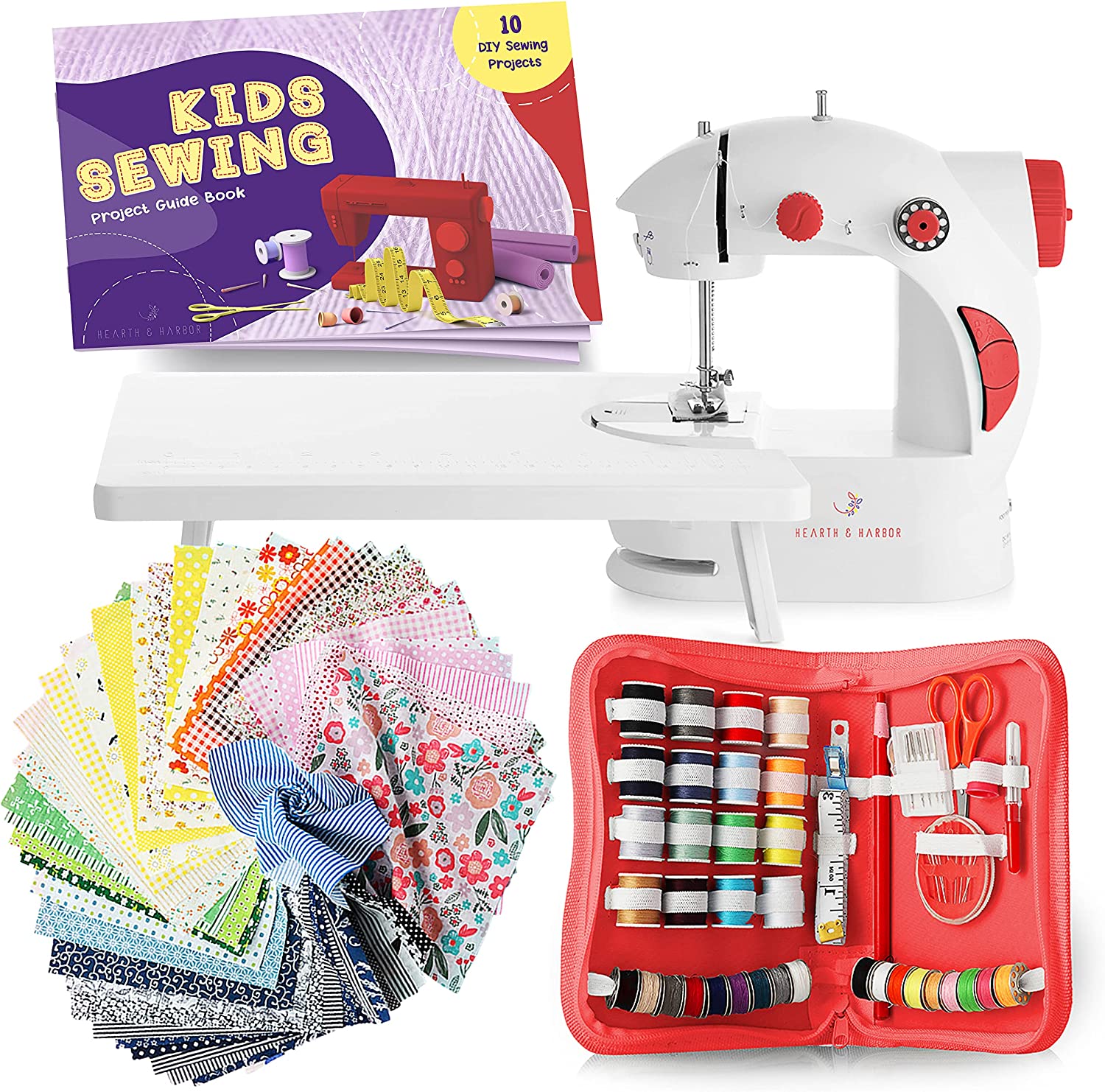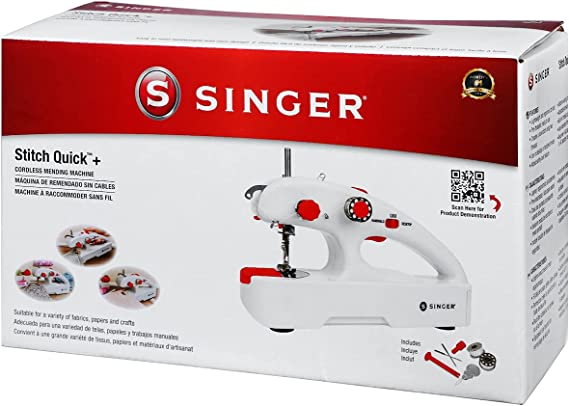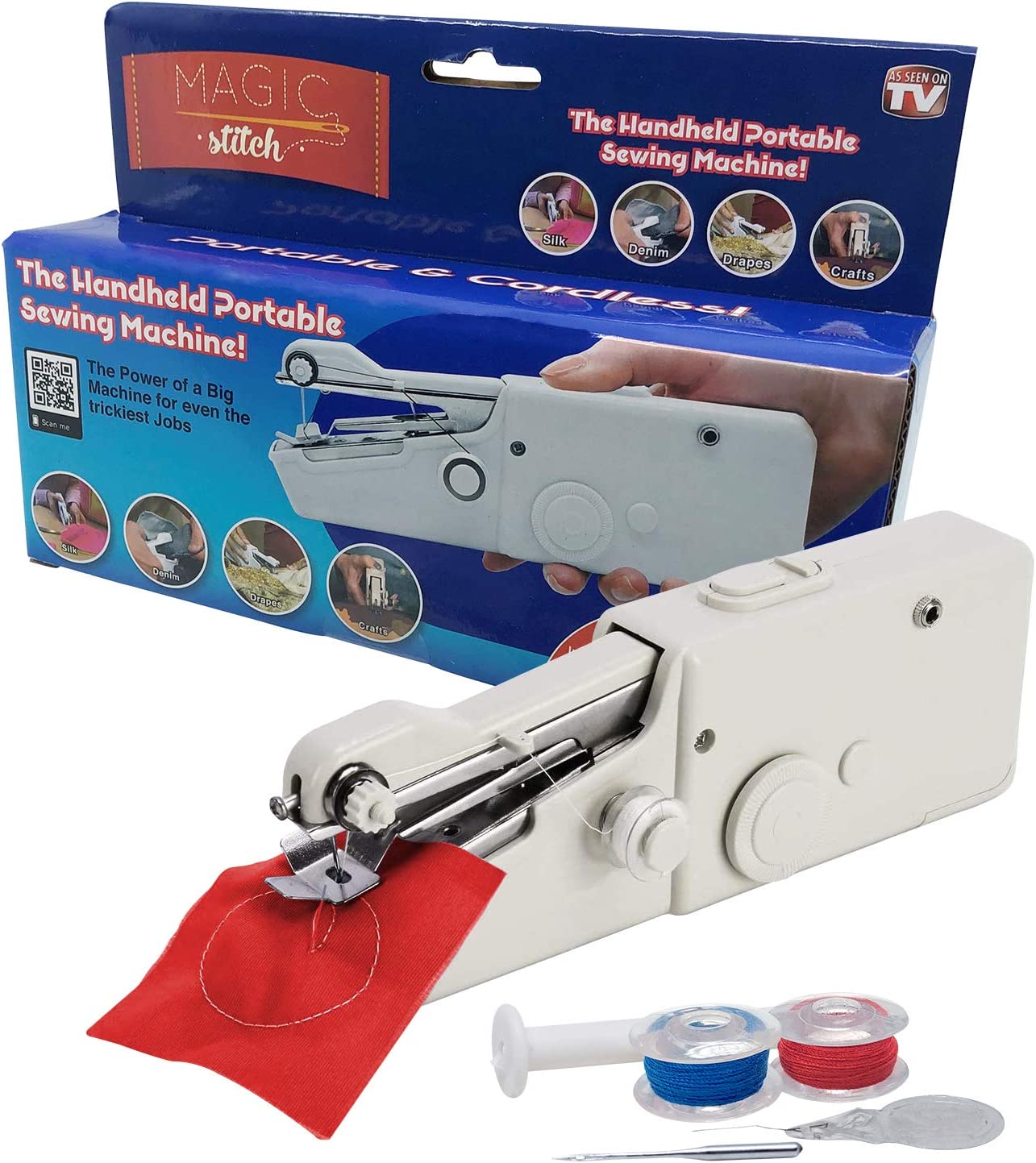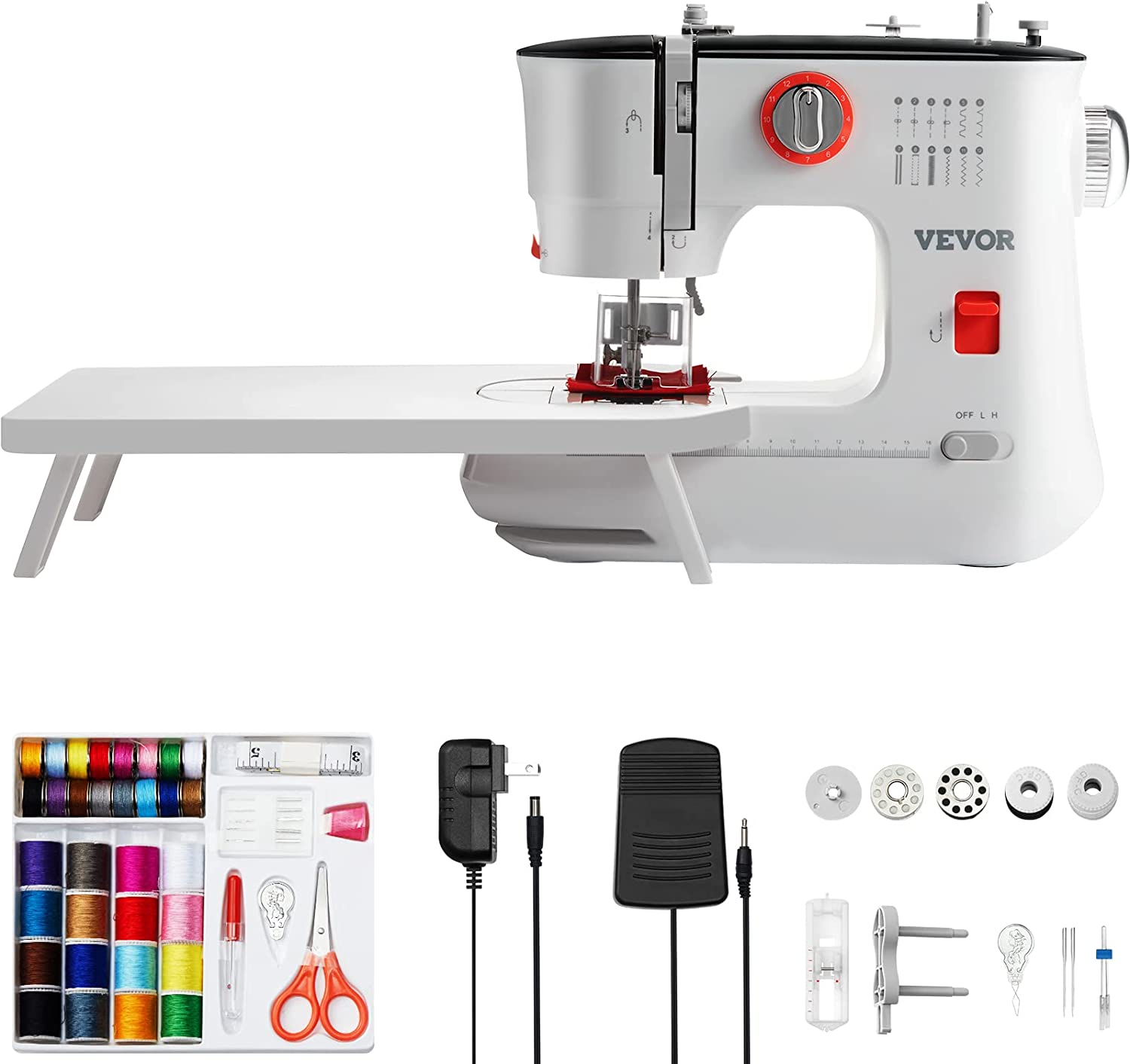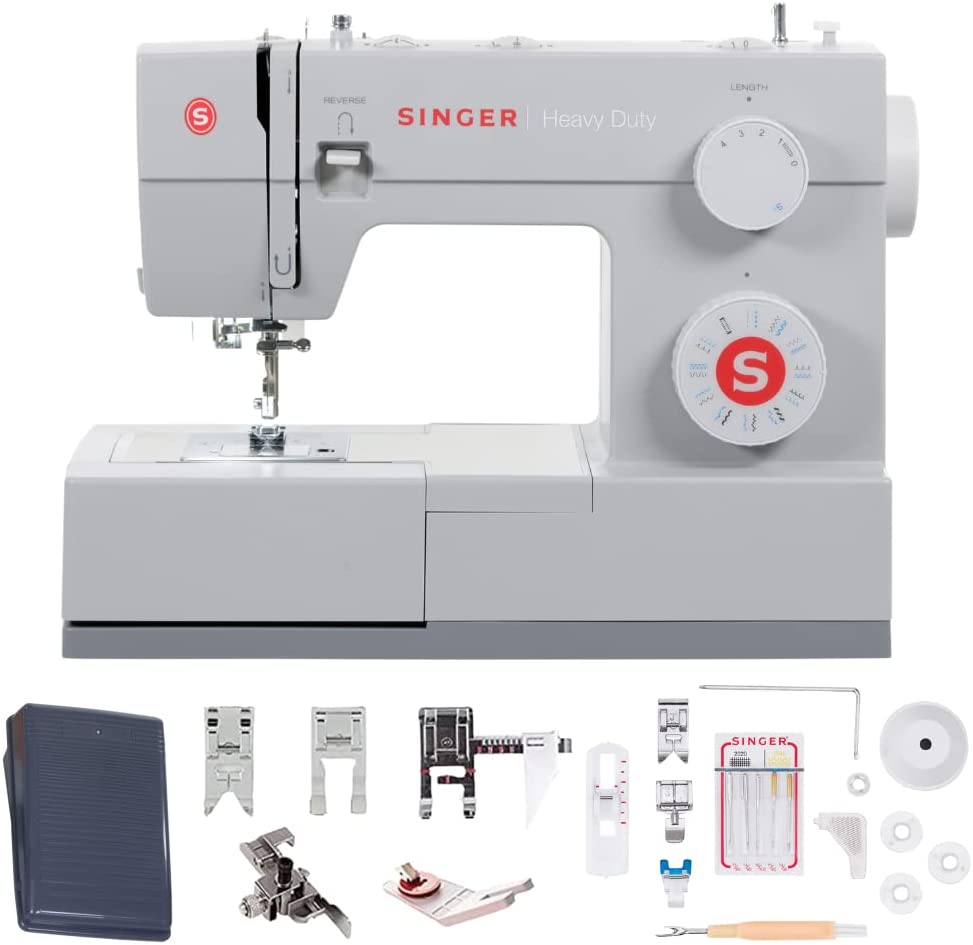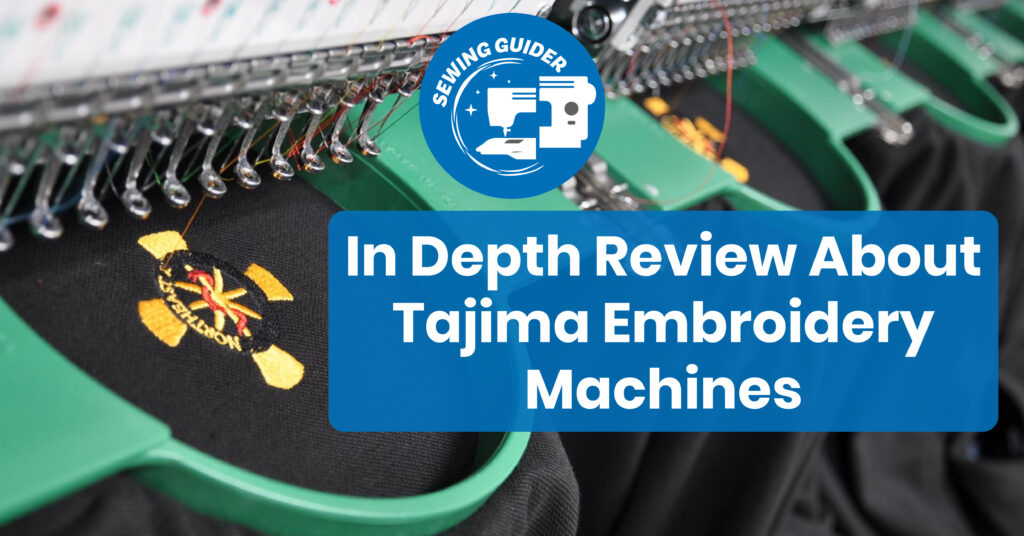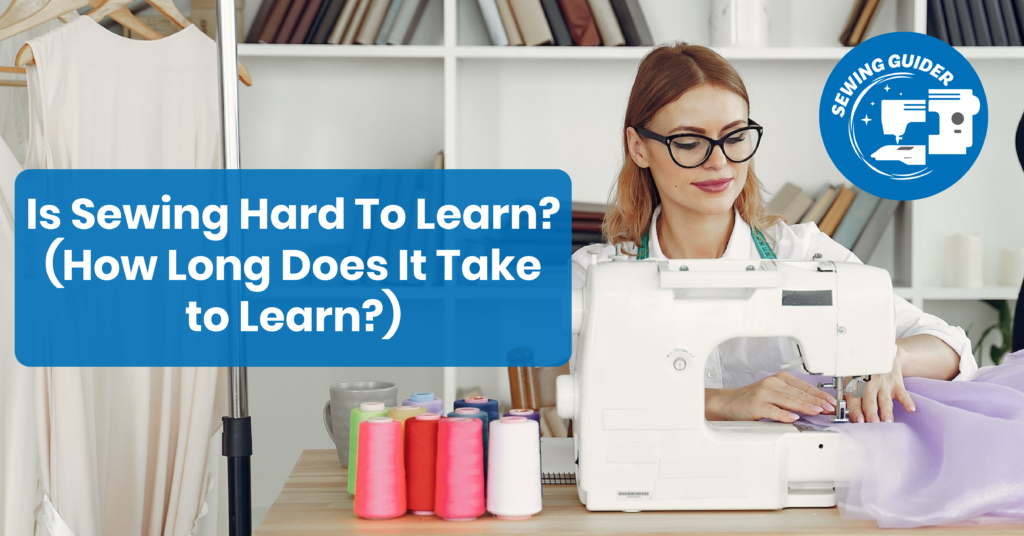Can You Travel With Your Sewing Machine? Traveling with a sewing machine may seem an unnecessary hassle, but it can be essential for avid sewers and crafters. Whether you’re going on a long trip, attending a sewing or crafting convention, or need to take your machine to a new location, having your sewing machine with you can provide comfort and convenience. Access to their sewing machines is crucial for avid sewers and crafters. A sewing machine is more than just a tool – it’s an extension of your creativity and passion. Whether working on a new project, repairing a garment, or participating in a competition, having your sewing machine with you can make all the difference. Moreover, for those traveling for a sewing or crafting event, having your machine can mean the difference between participating or sitting on the sidelines.
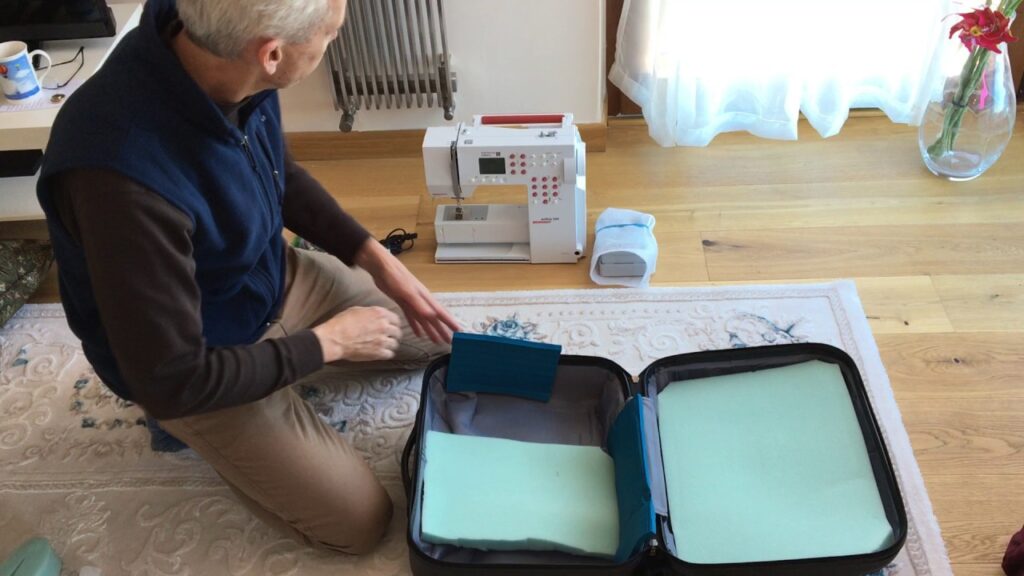
However, traveling with a sewing machine can be challenging, especially if you’re unfamiliar with the regulations and procedures involved. There are several factors to consider, such as the type of trip, the size and weight of the machine, and the regulations regarding transporting sewing machines on planes. Moreover, it’s important to ensure that the machine is properly packaged and protected during transit to avoid damage or loss. This blog will provide in-depth information and guidance on traveling with a sewing machine. We will cover everything from how to pack your machine to how to comply with regulations and customs laws. Whether you’re a seasoned traveler or a first-timer, our goal is to provide the information you need to have a successful and stress-free trip with your sewing machine.
Here Are The Top 7 Best Travel Sewing Machine
Factors To Consider When Traveling With A Sewing Machine:
When traveling with a sewing machine, several factors must be considered to ensure a successful and stress-free trip. This section will outline the most important considerations for traveling with a sewing machine.
Type Of Trip
The type of trip you’re taking – whether it’s a domestic or international trip or traveling by air, car, or train – will impact how you transport your sewing machine. For example, if you’re traveling by air, you’ll need to be aware of the airline’s regulations regarding transporting sewing machines in checked or carry-on baggage. If you’re traveling by car or train, you’ll have more flexibility in terms of the size and weight of the machine, but you’ll still need to consider how to protect the machine during transit.
Size And Weight Of The Sewing Machine
The size and weight of your sewing machine will impact the type of packaging you’ll need and how you’ll transport it. For example, a larger, heavier machine may need to be transported in a hard-shell case, while a smaller, lighter machine may be able to be transported in a soft-shell case. It’s important to measure your machine and determine its weight before you start packing to ensure that you have the right case and protective packaging for your machine.
Regulations Regarding Transporting Sewing Machines On Planes
If you’re traveling by air, it’s important to be aware of the regulations regarding transporting sewing machines in checked or carry-on baggage. Different airlines have different policies, so it’s essential to check with your airline before you travel to avoid any surprises. Some airlines may allow you to check your sewing machine as baggage, while others may require it to be transported as carry-on baggage. In either case, it’s important to follow the airline’s guidelines to ensure that your machine arrives at your destination in good condition.
Need For Special Protective Cases Or Packaging
Regardless of the type of trip you’re taking or the mode of transportation, it’s important to protect your sewing machine during transit. This may involve investing in a hard-shell or soft-shell case, as well as additional protective packagings, such as bubble wrap or foam peanuts. A good quality case and protective packaging will help to absorb shock and protect your machine from damage during transit.
How To Pack Your Sewing Machine For Travel:
Whether you’re taking a quick trip across town or a longer journey across the country, these tips will help you prepare your machine for safe and secure transit.
Steps To Prepare The Sewing Machine For Travel
Before you start packing your sewing machine, it’s important to prepare it for travel. This may involve cleaning the machine, removing any loose threads or fabric scraps, and disconnecting any power cords. You may also want to consider covering the machine with a protective cover to keep it free of dust and debris during transit.
Best Materials For Packaging The Sewing Machine
When it comes to packaging your sewing machine, it’s important to use materials that will protect the machine from damage during transit. This may include bubble wrap, foam peanuts, or a combination of the two. You may also want to consider using a piece of cardboard to place between the machine and the packaging to help absorb shock.
Essential Accessories To Pack Along With The Machine
When traveling with a sewing machine, it’s important to pack any essential accessories along with the machine. This may include the machine’s power cord, foot pedal, and manual. You may also want to consider packing any tools or accessories that you’ll need to use the machine, such as a needle and thread, a seam ripper, or a lint brush.
Tips For Keeping The Machine Safe And Secure During Transit
To ensure that your sewing machine arrives at your destination safely and in good condition, it’s important to follow some basic tips for keeping the machine safe and secure during transit. This may include securing the machine in a protective case, placing it in a box that is the right size, and labeling the box with “Fragile” or “Handle with Care” to ensure that it’s treated with the care it deserves.
Air Travel With A Sewing Machine:
When traveling by air with a sewing machine, it’s important to know the regulations and restrictions.
TSA Regulations For Carrying Sewing Machines On A Plane
The TSA (Transportation Security Administration) has specific regulations for carrying sewing machines on a plane. It’s important to check these regulations before traveling to ensure that your machine will be allowed on board. In general, sewing machines are considered personal items and are allowed in carry-on or checked baggage as long as they meet size and weight restrictions.
Options For Packing And Checking In A Sewing Machine As Baggage
When packing a sewing machine for air travel, it’s important to protect it from damage during transit. Packing the machine includes using a hard-sided case, wrapping the machine in bubble wrap, or using a combination of both. If you check the machine as baggage, it’s important to ensure that it’s properly labeled and documented.
Cost Involved In Transporting A Sewing Machine As Checked Baggage Or As A Carry-on
The cost of transporting a sewing machine as checked baggage or as a carry-on will vary depending on the airline and the size and weight of the machine. It’s important to check with your airline for specific fees and restrictions.
Importance Of Proper Labeling And Documentation For Customs Clearance
When traveling internationally, it’s important to have proper labeling and documentation for customs clearance. This may include a customs declaration form and proof of ownership of the sewing machine.
Car And Train Travel With A Sewing Machine:
When traveling by car or train, it’s important to consider safely transporting the machine to your destination.
Advantages Of Traveling By Car Or Train With A Sewing Machine
Traveling by car or train allows you to take your machine with you and work on your projects while on the road. It also offers the convenience of transporting the machine with you without having to worry about size and weight restrictions.
Tips For Packing And Securing The Machine During Road Trips
When packing a sewing machine for a road trip, it’s important to use a sturdy case and secure the machine in the car, so it doesn’t move around during transit. You may also consider using a seat belt or bungee cords to secure the machine.
How To Safely Transport The Machine In A Train Compartment
When traveling by train, it’s important to consider safely transporting the machine in the train compartment. Options include using a hard-sided case, wrapping the machine in bubble wrap, or combining both. You may also consider using a seat belt or bungee cords to secure the machine.
Conclusion
In conclusion, traveling with a sewing machine can be a challenging but rewarding experience for avid sewers and crafters. Whether you are taking a domestic or international trip by air, car, or train, there are important factors to consider, such as the type of trip, size and weight of the sewing machine, regulations, and the need for special protective packaging. To ensure a successful trip, it is important to properly prepare and pack your sewing machine using the right materials and accessories. When traveling by air, it is essential to be aware of TSA regulations and the cost involved in transporting a sewing machine as checked baggage or carry-on. Car and train travel can offer more flexibility and cost savings, but it is equally important to ensure the safety and security of the machine during transit.
Following the guidelines outlined in this blog, you can make your next trip with your sewing machine a smooth and enjoyable experience.


